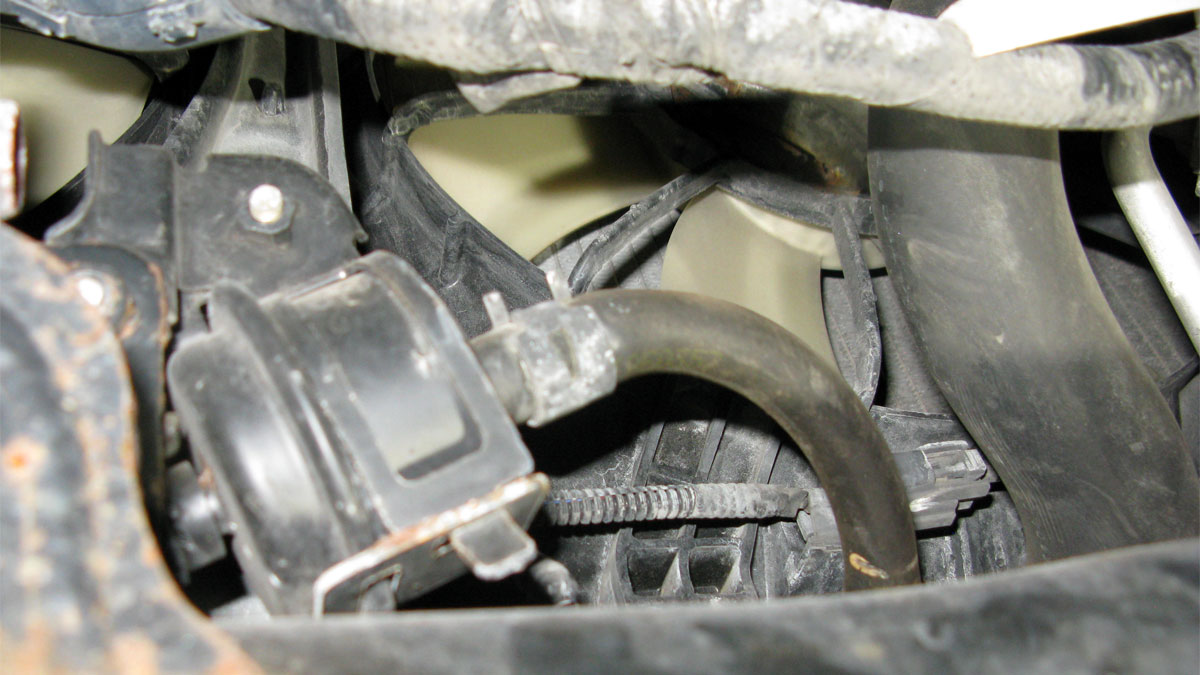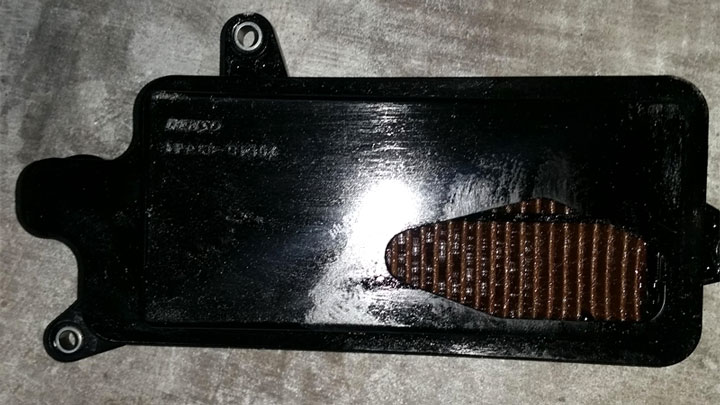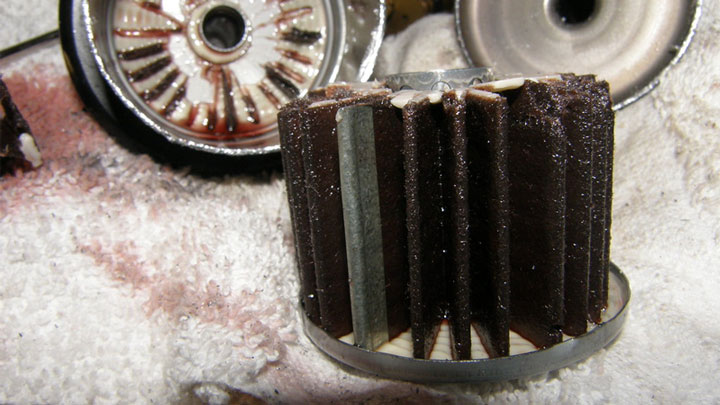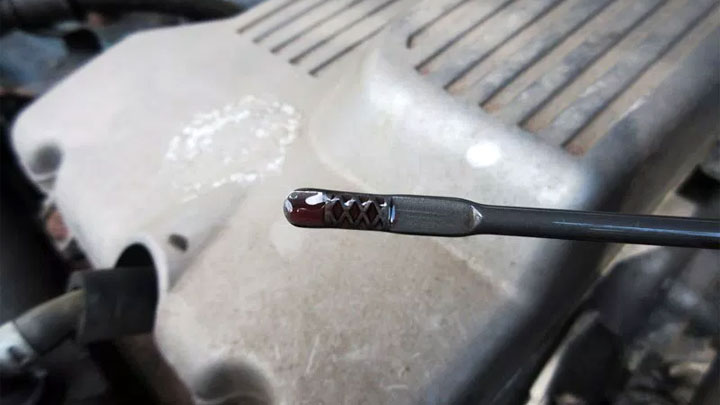6 Symptoms of a Bad or Clogged Transmission Filter
While most people know all about oil filters and air filters, one that many drivers overlook is the transmission filter. But just because it’s not as well-known doesn’t mean it can’t cause major problems for your vehicle.
Knowing the symptoms of a bad (or clogged) transmission filter can help you figure out what’s going on with your vehicle, and knowing how often you should replace a transmission filter can help prevent your vehicle from developing problems in the first place.

What Does a Transmission Filter Do?
The transmission filter works much like your vehicle’s oil filter, removing contaminants from the oil before they can damage other parts of your vehicle’s transmission. Your vehicle’s transmission oil works much like the engine oil providing cooling, lubricating, and cleaning benefits.
But to get the most out of these properties, the transmission fluid needs to stay clean, which falls to the transmission filter. While the transmission oil system shouldn’t get a lot of contaminants, even a few contaminants can create big problems. The transmission filter ensures that it doesn’t become a problem.
Where is the Filter Located?
It depends on what kind of vehicle you drive, but you can either find the transmission filter inside the transmission oil pan or on the outside of the transmission housing.
If the filter is inside the pan, it’s usually a paper element of some sort, and if it’s on the outside, it’s typically a spin-on style transmission filter.
Transmission Filter vs Screen

While transmission filters are important, not every vehicle filters transmission fluid the same way. One of the most common alternatives out there to a transmission filter is the transmission screen.
Vehicles with a transmission screen usually put them inside the transmission pan, and the transmission filter has to pass through the screen during operation. They are usually metal screens and you never need to replace them, although you may need to have the transmission fluid flushed to keep the fluid clean.
Meanwhile, transmission filters can either sit inside or outside the transmission pan, and they have an active filter element you’ll need to replace every time you complete a transmission fluid service.
Typically filters do a better job of keeping the fluid clean but since you need to replace them with every transmission service, it also raises the maintenance cost.
Bad Transmission Filter Symptoms

If your transmission filter starts to fail, there will be a few noticeable symptoms. However, while you might start to notice these symptoms, it’s better to stick with the recommended service intervals.
If you follow the recommended service intervals, you should change the transmission filter before you start to notice any of these symptoms.
#1 – Rattling Noises
Rattling noises can happen with an old transmission filter for a few different reasons. First, the transmission filter element itself can break off and rattle around. Next, if the filter isn’t working correctly anymore, metal shavings from the transmission can start to rattle around inside the transmission.
Unfortunately, if your transmission is making a rattling noise, even if an old transmission filter caused it, there’s a good chance it needs expensive repairs.
#2 – Whirring or Whining Noises

If you drive a vehicle with a manual transmission, you’re more likely to hear a whirring or whining noise instead of a rattle. However, since most manual transmissions don’t have a transmission filter, this usually isn’t the cause.
But with that in mind, it is possible for an automatic transmission to exhibit these noises, and often the problem is a clogged transmission filter. Sometimes simply swapping out the filter will fix the problem, and other times there’s already damage to other components.
#3 – Leaks
While there are a lot of potential causes of a transmission fluid leak, one is a clogged filter. Clogged filters don’t allow transmission fluid to flow throughout the rest of the system as it should, and the increased pressure can cause gaskets to fail.
If you have a transmission fluid leak replace the blown gasket, flush the transmission fluid, and replace the filter to ensure the problem doesn’t come right back!
#4 – Contaminated Transmission Fluid

If you have an old filter, it won’t filter transmission fluid as effectively as it should. Dark red, brown, or even black transmission fluid all indicate that it’s time for a transmission fluid flush and a new filter.
#5 – Problems Shifting
If your vehicle starts to exhibit problems shifting because of an old transmission filter, it’s far too old. This happens with a clogged transmission filter that doesn’t let the fluid move as freely throughout the engine as it needs to.
When this happens, it can prevent other components from working the way they should, and it can even damage those components.
#6 – Unusual Smells
If the transmission filter gets too old, it can’t effectively filter the transmission fluid. As this happens, it starts to lose some of its viscosity and lubricating properties. Because of that, the transmission fluid can get too hot and start to burn. Burning transmission fluid gives off a distinct smell.
How Often Should a Transmission Filter Be Changed?

Similar to the transmission fluid change interval, you should check out the owner’s manual to see what your specific vehicle needs as far as transmission filter changes are concerned. However, many vehicle manufacturers recommend changing the transmission filter every 30,000 miles or every two years – whichever comes first.
Whenever you’re changing the transmission filter, you also need to complete a transmission fluid flush. But before dropping the pan and draining the fluid, do yourself a favor and check the requirements for your vehicle since some newer vehicles use a sealed system and last 100,000 miles or more.
Can the Filter Be Cleaned and Reused?
If your vehicle uses a metal screen, then yes, you can clean it off and reuse it. But for typical transmission filters, you cannot clean and reuse them. The filter element wears out over time, and if you try to clean it out you’re going to damage it.
When you put it back in your vehicle, it won’t filter out contaminants the way it should, and you might even introduce contaminants directly into the system. When you’re completing a transmission fluid flush, you need to replace the filter every time.
Transmission Filter Replacement Cost
Best places to order parts? See: 19 Best Online Auto Parts Stores

Because you need to complete a transmission fluid flush whenever you’re changing the transmission filter, it’s a bit more expensive than you might think at first. Not only that, but often when replacing the transmission filter you need to drop the entire transmission oil pan, which significantly raises the price too.
Overall, you can expect to spend between $400 and $500 for a full fluid flush and a transmission filter change. Of this cost, only about $200 comes down to parts.
If you have a vehicle with an external transmission filter, you can expect to spend less, typically about $250 to $300 for a transmission fluid flush and a new filter.
Do Manual Transmissions Have a Transmission Filter?
Because manual transmission doesn’t use a pressurized system like an automatic transmission, there’s really no reason for a transmission filter with an automatic transmission. Because there’s no pressure in a manual transmission, there’s no way for a manual transmission to filter the fluid.
However, since there’s no pressure in the system, it’s also far less likely for different contaminants to cause problems with manual transmissions. You’ll still need to keep up with fluid flush per the manufacturer’s recommendations. But if you do that, you shouldn’t run into any problems.
- P0521 Code (Symptoms, Causes, How to Fix) - Mar 22, 2024
- How to PROPERLY Clean 5 Types of Steering Wheel Materials - Feb 19, 2024
- What Should You Do If Your Check Engine Light Comes On? - Nov 6, 2023
